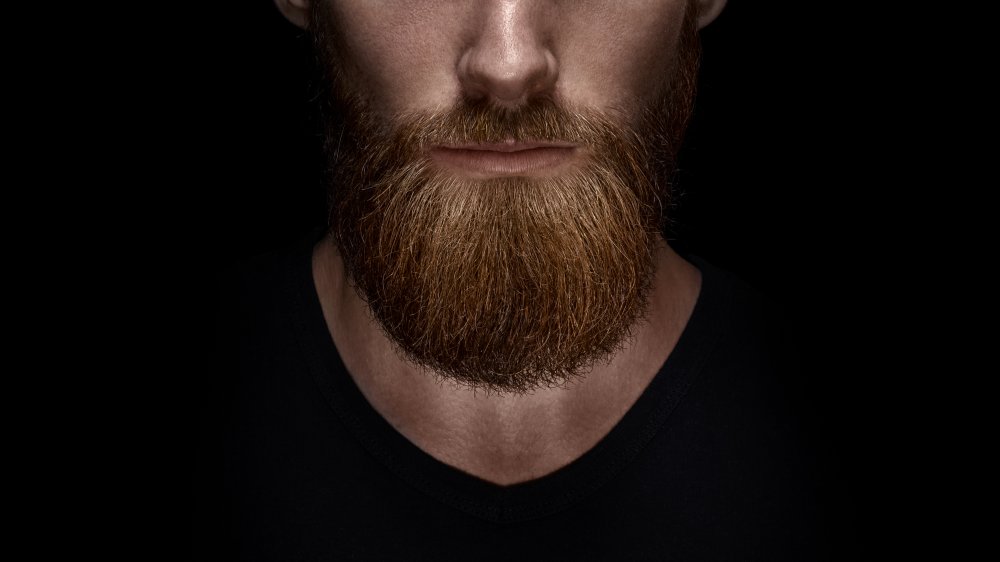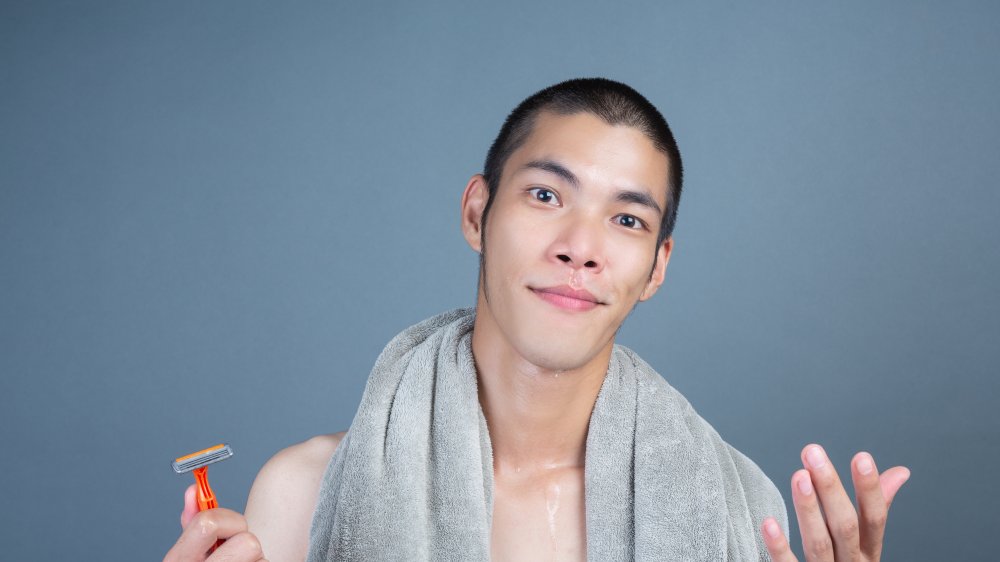The Real Reason Some Men Can't Grow Beards
Whether we're talking about chinstraps, soul patches, mustaches or the full Duck Dynasty, the male beard is a fashion statement that has been floating in and out of style since World War I. Prior to 1914, any adult male who could grow a beard, had a beard. Alexander the Great notwithstanding, It wasn't until the military distributed razors to G.I.s on the Western Front so their gas masks fit properly that the shaved face became en vogue. These days, beards of all shapes and sizes seem to be everywhere you look. Since the early 2000s, beards have seen a mainstream comeback. The lumbersexual look is in.
This wasn't always the case, of course. There was a time not so long ago, when beards fell hard out of style. Many professional dress codes even forbade them. During the clean-shaven heyday of the 1990s, male beards seemed to be the sole province of playoff athletes, Civil War reenactors and that creepy uncle you only see on holidays. It was a dark time for the chin sweater.
Beards are back in style
Fortunately, those naked-cheeked days have long since passed (at least for now). Unfortunately, not every adult male has an easy time following the fashion. Some men, despite their most valiant follicular efforts, simply can't grow a beard. According to Body Logic MD, approximately 24% of American men cannot grow facial hair. Another 7% don't know if they can or haven't tried. Many men suffering from this aesthetic deficit report feelings of inadequacy and perceived lack of masculinity.
Beard shame is likely exacerbated in times of beard popularity. These feelings may result from an assumption that an inability to grow facial hair may be associated with low testosterone – the key hormone regulating male secondary sexual characteristics. While testosterone is related to facial hair production, in men and women, the relationship between high-T and beard growth isn't as straightforward as you might assume. Testosterones do stimulate facial hair growth, while estrogens — the female hormone regulating secondary sexual characteristics — slow growth. But the real culprit when it comes to beard cultivation (or lack thereof) is a testosterone derivative, dihydrotestosterone (DHT).
Blame your DHT receptors
DHT bonds to receptors in the skin of the face to stimulate hair growth. A lack of beard is more likely to result from a genetic deficit of DHT receptors in the face rather than a dearth of the hormone itself. Interestingly enough, DHT is also the hormone responsible for male pattern baldness. A density of DHT receptors in the scalp will have the exact opposite effect that it has in the face. The beardless among us may be relieved to know that the issue in both cases is one of pure genetics, rather than masculine virility.
Genetically, it does take some men longer than others to come into their full, luxurious beards. Most men see an increase in beard density and growth rates between the ages of 18 and 30. So if you're still in your twenties and lamenting those smooth cheeks, just be patient. The bad news: if you haven't seen any improvement by 30, you're likely sentenced to that babyface for life.


